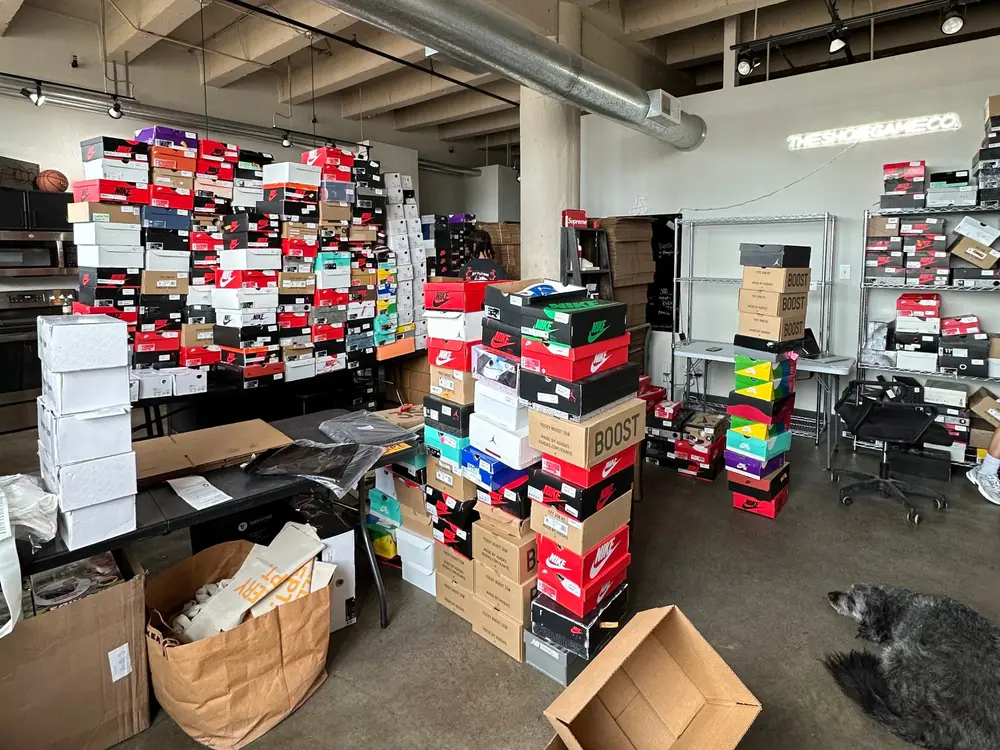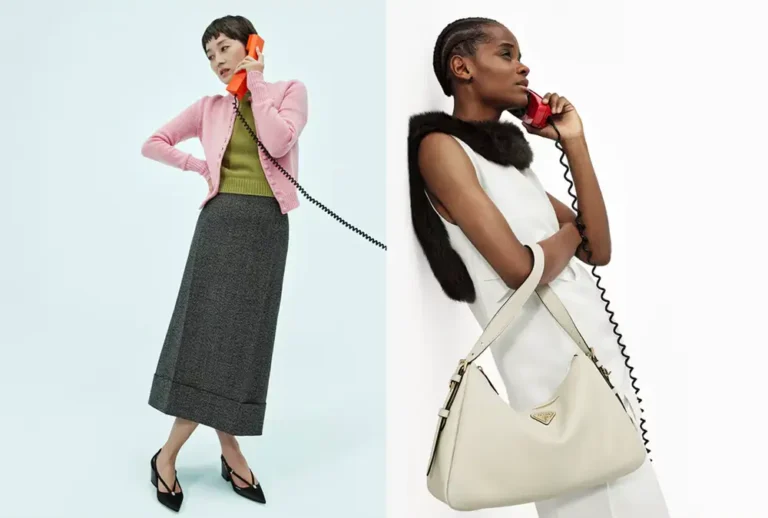Entrepreneurs who bring in millions flipping clothes and sneakers explain how they find profitable products, including ‘home run items’

Val Zapata sells sneakers on a live selling platform called Whatnot.
Buying and reselling items can be an effective way to bring in extra cash — and can even be your ticket to financial independence.
Val Zapata, 27, turned her sneaker-collecting hobby into a side hustle during Covid and, eventually, a full-time gig. She went from living paycheck to paycheck to doing millions in sneaker sales on a live-selling platform, having savings for the first time in her life, and buying her first home.
Richard S., who prefers not to share his last name for privacy reasons, started reselling items from his closet on eBay after losing his job in 2008. He gradually built a seven-figure eBay store that allowed him to retire at age 40. B-17 verified each of their revenue claims.
Successful reselling begins with sourcing profitable products. The experts shared their top tips, including how they scored their best deals.
1.Niche down
By niching down, you can become an expert in your category, whether that’s pre-owned clothing, sneakers, jewelry, or sports equipment, and understand which nuances customers care about.
In the early days of her sneaker-flipping business, Zapata says she stuck to what she knew best, which were retro Jordan sneakers: “We didn’t veer off. I didn’t sell the Nike SB until maybe six months ago because I didn’t understand what a Nike SB really was. So we stayed within our frame of what we knew and what our customer liked.”
Richard also found success once he focused on a specific category: pre-owned clothing.
He listed hundreds of different items to figure out what sells and what doesn’t. It helped him develop his general strategy of buying “the staples,” which he defines as brands like Nike, Lululemon, and Ralph Lauren that people wear daily. “I’m not going out and buying Gucci. I’m not buying Louis Vuitton. I’m buying everyday value items that everybody can afford. It’s a much larger market.”
2.Understand your customers and what they want
Sourcing items based on data will help you avoid the common mistake of buying what you personally like and assuming other people will as well. In the reselling business, “it doesn’t matter what I think is cool,” said Richard. “It matters what the customer thinks is cool.”
To figure out what customers want, he spent time browsing the “sold items” section on eBay every day. Pay attention to, “What is selling for a great price?” he advised. “What is selling for a great velocity? Because you can’t just put garbage, for lack of a better term, and expect a great result.”

Richard S. inside his vintage clothing store, The Spot, in Coral Springs, Florida.
Zapata points out that you can’t properly source until you really know your client. She’s not selling to “the 13-year-old who borrowed his mom’s card,” she noted. Instead, it’s “the mom who wants to make a logical decision that she’s not going to have buyer’s remorse from.”
Knowing her typical customer helps her stay focused when sourcing. For example, “We don’t want beaters,” she said, referring to shoes that are somewhat worn out. “We don’t want to get lowballed. We want to get high-dollar for things, so let’s give them high-dollar, quality stuff.”
3.Stay up to date with current trends
The market changes constantly, pointed out Zapata, who stays up-to-date on what’s popular by attending events, paying attention to what people are wearing, and observing what her favorite sellers are buying and avoiding.
“We try to find a medium where we find what’s popular right now — for example, Yeezy GAP is popular right now, AntiSocialSocialClub and Supreme will always be popular in the streetwear — and then we try to find more everyday brands that people also love, like your Nikes and Adidas. The things that are always tried and true,” said Zapata,
Finding the ‘home run items’
The combination of assessing the market, experimenting with various listings, and general experience will set you up to find what Richard calls “home run items,” such as a rare concert shirt that might go for a couple hundred dollars or a National Championship jacket from a college football player that sells for a couple thousand dollars.

Val Zapata turned her sneaker-collecting hobby into a seven-figure business.
“If you go out there with the most amount of information and you give yourself the most amount of opportunities you will run into more of these home run items,” he said, noting that he’s not seeking these rare items on a day-to-day basis. “When people hear these conversations, they think you just magically find all these $100 or $500 or $1,000 items. You do find them. But the bulk of the items that you find are going to be more of the everyday value and common items that are in high demand. They are out there, but you have to touch a lot of items and you have to give yourself a lot of opportunity to be able to find them.”
An early piece of advice Zapata heard from another reseller stuck with her: “Connections over profits. Grow your connections so people will always sell to you.”
You never know who you’ll meet if you put yourself out there on social media and attend events and trade shows. Zapata says the best deals she scored came from a “random” event in Boston in early 2024. She walked away with about 450 pairs of shoes, she said, “and we nearly quadrupled our money on that deal, which never happens in sneakers.”
It was a once-in-a-blue-moon deal that wouldn’t have been possible if she didn’t know her niche as well as she does.






